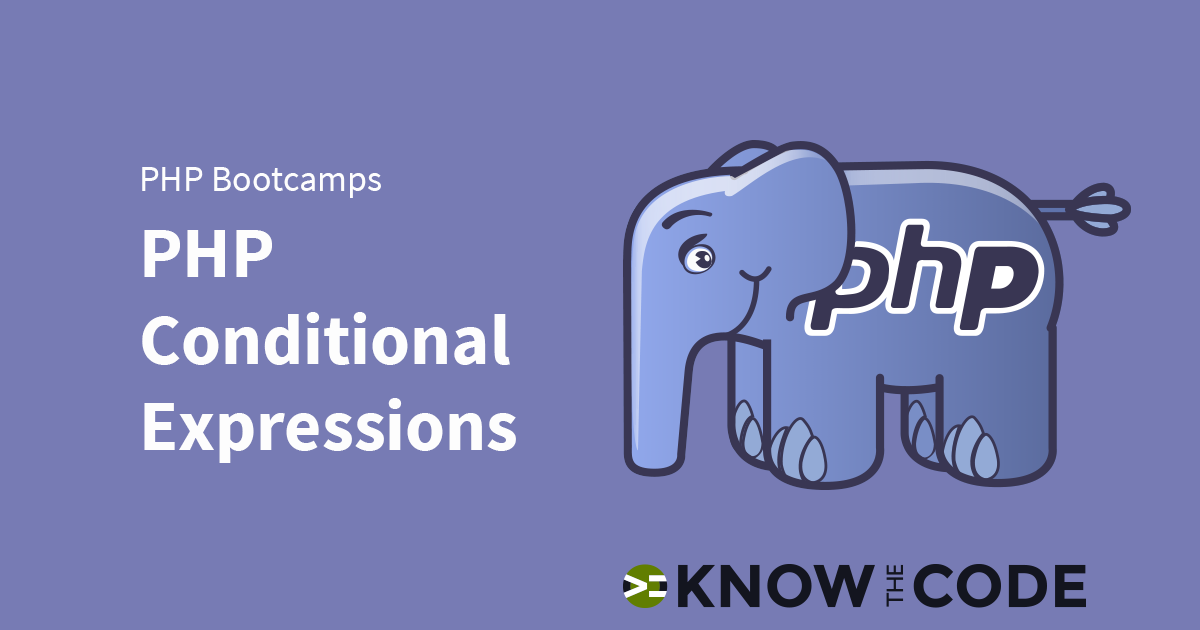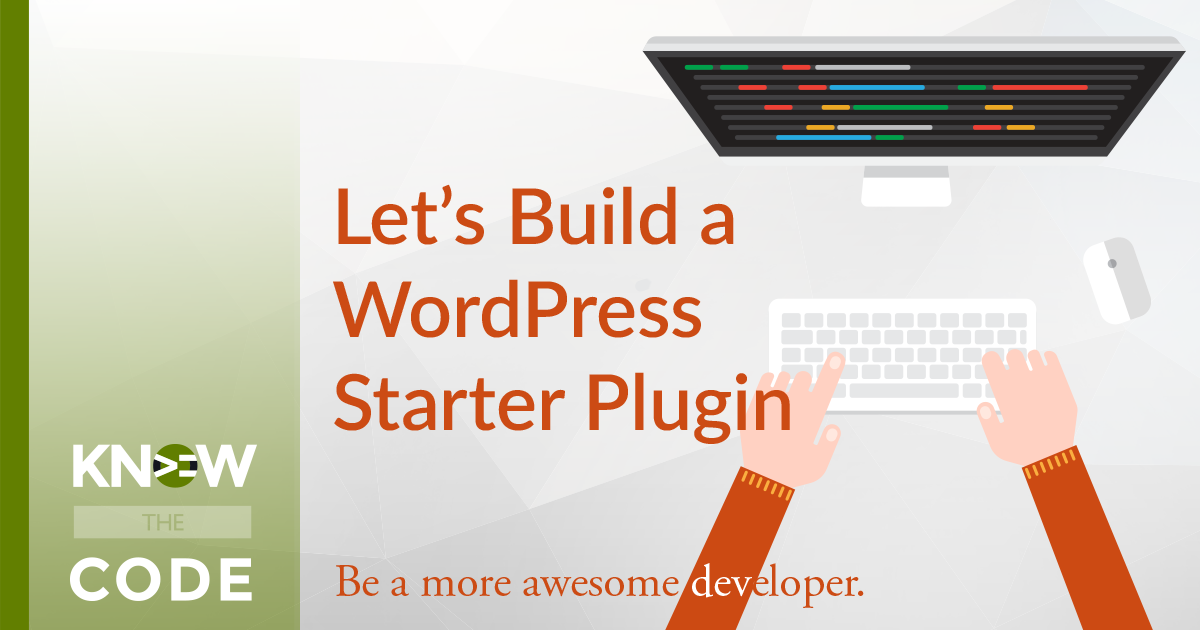PHP allows you to make an assignment within a conditional expression. What order are the expressions evaluated? In this episode, you’ll roll up your sleeves and write some code to find out while Tonya explains it to you.

Developing & Empowering WordPress Developers
Labs are hands-on coding projects that you build along with Tonya as she explains the code, concepts, and thought processes behind it. You can use the labs to further your code knowledge or to use right in your projects. Each lab ties into the Docx to ensure you have the information you need.
Each lab is designed to further your understanding and mastery of code. You learn more about how to think about its construction, quality, maintainability, programmatic and logical thought, and problem-solving. While you may be building a specific thing, Tonya presents the why of it to make it adaptable far beyond that specific implementation, thereby giving you the means to make it your own, in any context.
0 Videos Runtime

PHP allows you to make an assignment within a conditional expression. What order are the expressions evaluated? In this episode, you’ll roll up your sleeves and write some code to find out while Tonya explains it to you.
0 Videos Runtime

A conditional expression can be comprised of functions, literals, constants, and variables. How do functions work? What is the evaluation order? In this episode, you will build expressions with functions and discover the flow and order.
0 Videos Runtime

Let’s talk about what a conditional expression is, what’s its purpose (intent), and what it does. In this episode, we setup this series for you to deeply learn about conditional expressions.
0 Videos Runtime

What constitutes a falsey state? And when there is one variable in a conditional expression, what is it doing? How does it work? In this episode, you will build code to explore the falsey conditional expression. You will learn about what and why the state is falsey.
0 Videos Runtime
How much stuff can I cram into one video? Well, a lot with this one. You’ll do some reorganizing the code and files to get clean, quality code from the start. I’ll show you how to setup the DocBlock templates in PhpStorm. And you’ll do some testing too. Let’s get started.
0 Videos Runtime
Let me introduce you to Whoops. You are going to love this error display. Not only is it nice to look at versus the out-of-box PHP orange error table, but it also gives you a lot of useful information. You can click on the code and view it right in the display. You get great details too. It will help you debug your code. Here’s a tip for you: you can configure up different editor themes. I like the sublime one. But you can choose from sublime, emacs, textmate, and macvim.
0 Videos Runtime
In this video, you will play around with Kint and discover how it will help you to debug your code. Kint is a modern and powerful PHP debugging helper. It gives much more information than var_dump or print_r. Let’s check it out.
0 Videos Runtime
Let’s setup the local version of Composer. You will create and fill out the composer.json file as I explain it to you. Here is the starter composer.json file for you: Also, you can get this plugin on GitHub by clicking here.
0 Videos Runtime
What is a DocBlock? In this video, I’ll take you to phpDocumentor and discuss what a DocBlock is, as well as why you want to follow this PHP documenting standard. Then you’ll go to the WordPress PHP coding standard for contributing to core. The reasons why you want to learn how to properly document your code using PHP DocBlock are: Human readability – you and anyone else can read your code. You are able to read other people’s code. You know what it requires and what to expect from it when you call that function or method. Code – the […]
0 Videos Runtime

WordPress needs the file level PHP DocBlock filled out per its standard header format. In this video, you will enter in each required header metadata, line-by-line, and see what each does.
Know the Code flies on WP Engine. Check out the managed hosting solutions from WP Engine.
WordPress® and its related trademarks are registered trademarks of the WordPress Foundation. The Genesis framework and its related trademarks are registered trademarks of StudioPress.
This website is not affiliated with or sponsored by Automattic, Inc., the WordPress Foundation, or the WordPress® Open Source Project.